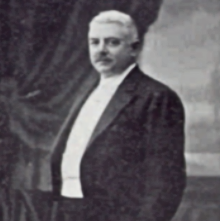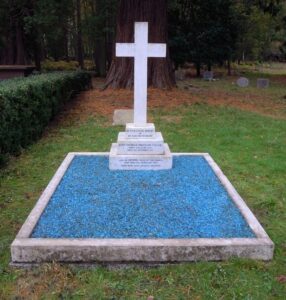
Originator of military precision dancing and the ‘Tiller Girls’.
John Tiller always had a keen interest in music. He was always a perfectionist to the point where very few people could live up to his standards. At ten years old he became a choirboy, and with his perfectionist qualities, he became choirmaster by fourteen.
One of John’s uncles, John George Tiller, owned a successful cotton agency and was very wealthy, John’s ambition was for the same lifestyle. His uncle took him into the family business and treated him like a son. During the day John worked in the cotton trade and after work he devoted himself to music and acting. He had a very forceful character and soon progressed to management in the cotton industry and was well known in the local area due to his immense appetite for life.
At 19 his girlfriend, Mary Elizabeth Carr, told him she was pregnant. On Christmas Eve 1873, they married at St John’s Parish Church in Manchester. They had 10 children in 11 years. By this time John was a full partner in the cotton business and he was living in a large house like his uncle.
He pursued his theatrical ambitions and became stage manager of an amateur theatrical group made up of local businesspeople who would perform a Minstrels act in Manchester theatres. In 1885 John became director of the Comedy Theatre Manchester and during the same year began teaching children to dance. His early pupils practised for hours every Saturday afternoon amongst the bales of cotton in one of the firm’s warehouses. He also taught at his home.
His first dance performances were at small local church dances, and due to his position as director of the Comedy Theatre Manchester he was able to arrange for his small dancers a place in the theatre’s Christmas pantomime.
His uncle’s son was brought into the family business, and his uncle took to drink and became an alcoholic. John had a huge argument with his uncle that ended in a violent quarrel; John stormed out and set up his own business.
He carried on presenting dancers in an amateur capacity. With this taking up more and more of his time, it made it hard for him to concentrate on making a living in the cotton industry. His real interest was with the theatre and dance. In 1890 John was asked to present a quartet of children for the pantomime Robinson Crusoe at the Prince of Wales Theatre, Liverpool.
He chose four of his best Manchester pupils, all aged about 10 years: Dolly Grey, Tessie Lomax, and twins Cissy and Lilly Smith. They were chosen as they were all the same height and had the same very slender shape with dark hair. He worked with them relentlessly repeating every movement time and time again until they were perfect. He worked them so hard that at times they were exhausted. John was striving for absolute precision in dance. These were the first of thousands of Tiller Girls where every movement had to be perfect and every turn had to be simultaneous. The pantomime lasted for three months with every show generating glowing reports in the newspapers and receiving awards for the girls and their manager. The fee received for this only barely covered expenses and costs. This first experience helped John make up his mind to become a professional manager.
John’s wife Mary died of cancer in 1905, he remarried to Jennie Walker in 1906. Jennie became involved in the running of the Tiller Schools until her death in February 1936.
